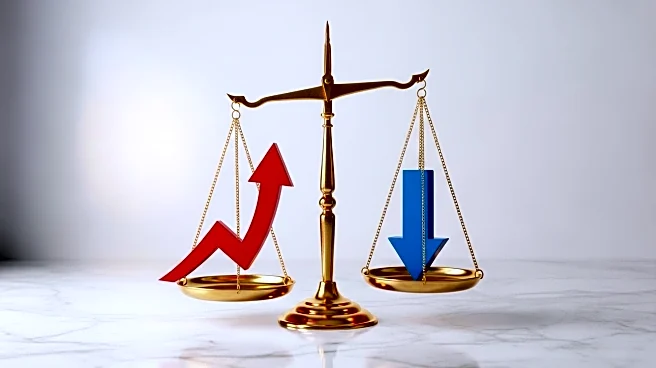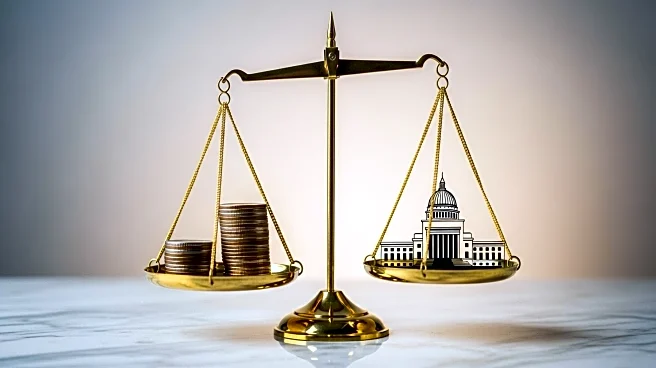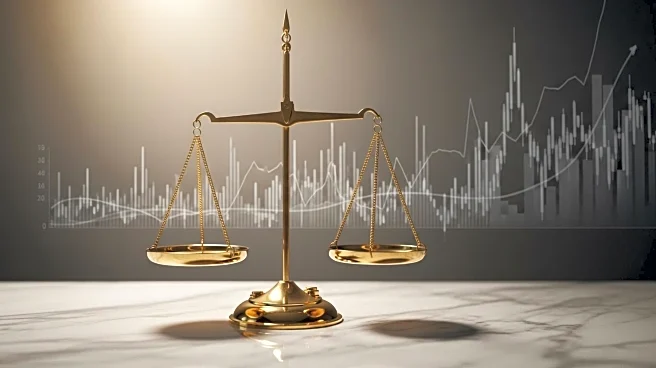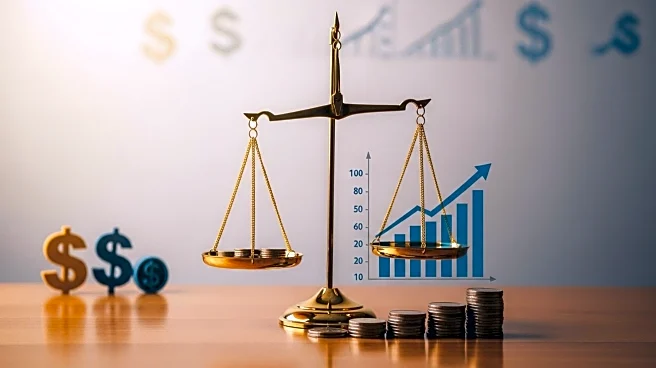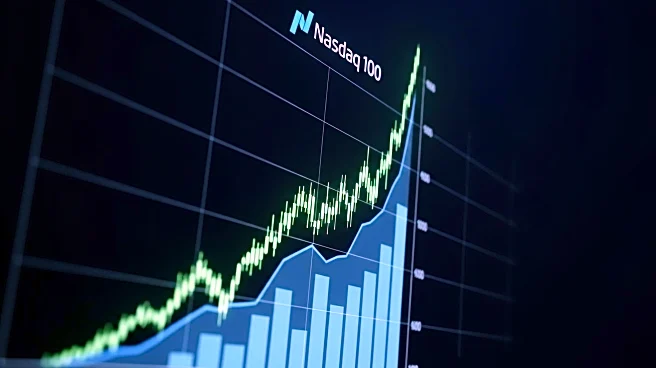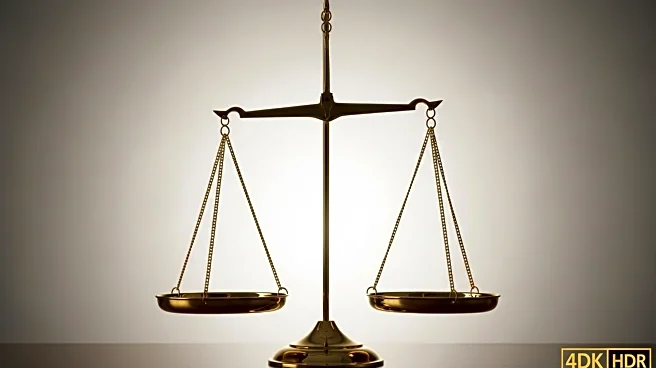What's Happening?
Inflation in the U.S. rose by 2.9% in August, driven by increased prices for gas, groceries, and airfares. The rise in consumer prices is attributed to President Trump's tariffs, which have affected the cost of imported goods. Concurrently, weekly unemployment claims have increased, indicating a weakening job market. The Federal Reserve is preparing to cut interest rates at its upcoming meeting, despite the challenges posed by persistent inflation.
Why It's Important?
The current economic situation presents a dilemma for the Federal Reserve, as it must balance the need to stimulate economic growth with the risk of further inflationary pressures. The potential for stagflation, characterized by stagnant economic growth and rising prices, could have significant implications for U.S. economic policy and consumer spending. The Fed's decision on interest rates will be crucial in addressing these economic challenges.
What's Next?
The Federal Reserve is expected to cut interest rates to address the impact of tariffs on consumer prices and stimulate economic growth. However, the Fed must carefully consider the potential consequences of rate cuts on inflation and the broader economy. The upcoming rate decision will be closely watched by economists and policymakers.
